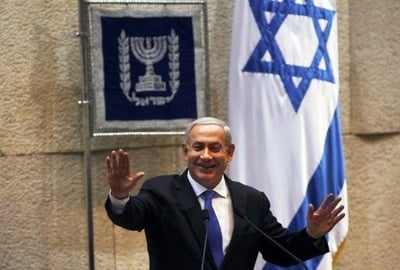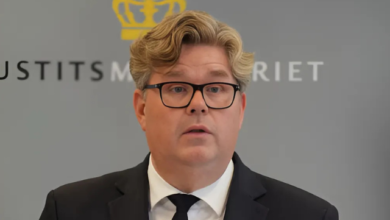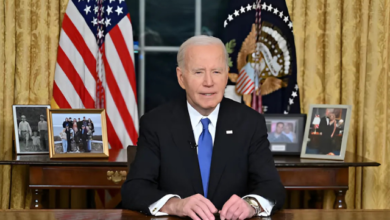Israeli Prime Minister Benjamin Netanyahu confirmed on Friday that an agreement has been reached to return hostages held in the Gaza Strip
The agreement, brokered by Qatar, the United States, and Egypt, will see a pause in fighting and the phased release of hostages and Palestinian prisoners, the office confirmed.
Israeli Prime Minister Benjamin Netanyahu had previously refrained from commenting on the deal until all details were finalised. However, following the announcement, he confirmed that a resolution had been reached.
“The State of Israel is committed to achieving all the goals of the war, including the return of all our hostages – both living and dead,” the Prime Minister’s Office said in a statement.
Netanyahu has ordered Israel’s security cabinet to convene on Friday to discuss the next steps. Afterward, the full Israeli government will meet to approve the deal.
The United States expressed confidence that the ceasefire would take effect by Sunday, although the Israeli cabinet has yet to vote on the agreement.
Previously, Israeli Prime Minister office announced the delay of a crucial Cabinet meeting meant to approve a ceasefire deal between Israel and Hamas, accusing the Palestinian resistance group of undermining the agreement.
The ceasefire agreement aims to end the devastating 15-months of Israel aggression.
First Phase: Hostages, Prisoner Exchange, and Humanitarian Aid
The first phase of the ceasefire, lasting six weeks, involves several significant exchanges. Hamas will release 33 Israeli captives, including children, female soldiers, civilians, and men over 50. In return, Israel will free 50 Palestinian prisoners for each female soldier and 30 for each civilian captive.
In addition to the prisoner exchanges, Israel will release all women and children under 19 it has detained from Gaza since the October 7, 2023 attack. Israel has also agreed to gradually allow unarmed Palestinians to return to the northern part of the Gaza Strip, while facilitating a surge of humanitarian aid, with up to 600 trucks per day.
Second Phase: Full Captive Release and Israeli Withdrawal
If the conditions of phase one are met, the second phase will see the release of all remaining living captives, mostly male soldiers, by Hamas. In exchange, Israel will free more Palestinians from its prisons.
The second phase also involves Israel’s full withdrawal from Gaza, including from the militarized Philadelphi corridor, the border area between Gaza and Egypt. The complete withdrawal aims to de-escalate the conflict and prepare for long-term stability in the region.
Third Phase: Reconstruction and a Plan for Peace
Should the second phase be successfully implemented, the third phase will focus on the return of the bodies of remaining captives. In return, Israel and Hamas will agree to a multi-year reconstruction plan for Gaza, which will be conducted under international supervision.







